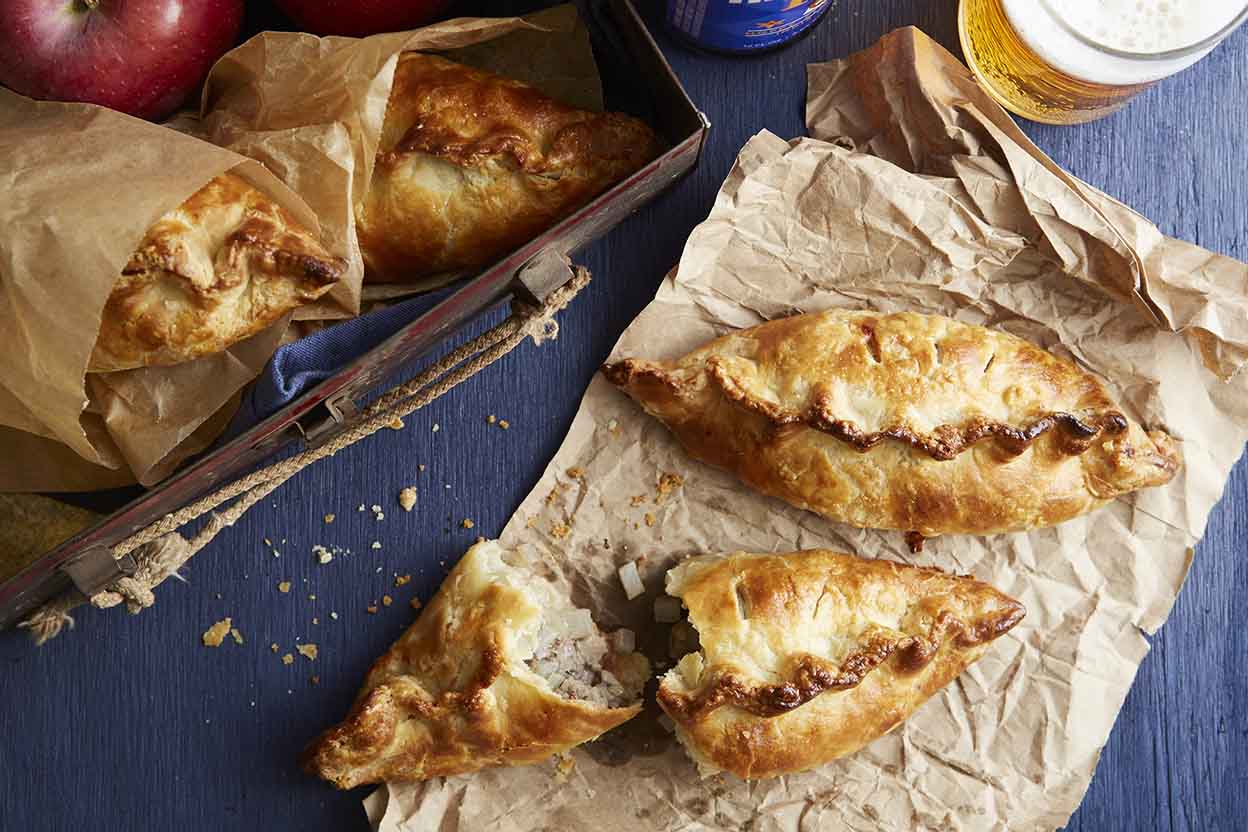Semon
Assistant Cook
Sense it is made with a pie crust I guess this goes here.
I made one the other day and the crust was so rich (I guess because of the Lard) I didn't like it very much.
I do remember when I was a kid and my mother made them the crust was better and now my wife doesn't tolerate the grease very well.
So what I am getting at is a good pastie crust that wouldn't be over the bearing with the lard and or butter.
What would be a good crust recipe for it?
I made one the other day and the crust was so rich (I guess because of the Lard) I didn't like it very much.
I do remember when I was a kid and my mother made them the crust was better and now my wife doesn't tolerate the grease very well.
So what I am getting at is a good pastie crust that wouldn't be over the bearing with the lard and or butter.
What would be a good crust recipe for it?


